When a customer inquired about our home sauna range, questioning their maximum temperatures, it prompted us to consider what the best temperature for a sauna is and how hot a sauna should be for safety and health benefits.
"The sauna temperature needs to be 80°C. Infrared doesn't seem to get hot enough. None of your range appears to get hot enough. Do you have suitable products, or can you increase the heating capacity?"
In response to their concerns about achieving a hotter sauna experience and ensuring the benefits of sauna use are maximised without the risk of overheating, we delved into the science behind sauna temperature range, humidity level, and how to use a sauna safely. Dive into the findings with us...
Key Takeaways
- Intensity vs. Gentleness: Traditional saunas reach higher temperatures than infrared saunas (IRS), tapping into the benefits of heat stress in a controlled environment.
- The Optimal Heat: Research indicates that 80°C is often considered the ideal temperature for reaping optimal health benefits.
- The Infrared Advantage: Infrared saunas maintain a lower dry heat, which can be the perfect temperature for those with conditions like high blood pressure.
What is the Best Sauna Temperature?
Discovering your ideal temperature is about listening to your body and understanding how different types of saunas impact heat stress and core body temperature. We have looked extensively at the pros and cons of Traditional vs IRS here, but this time around, we'll focus on the heat.
Traditional saunas, akin to a steam sauna, have a temperature range of 65-93°C, whereas IRS—often referred to as dry saunas—operate at a milder 38°C to 65°C. Adjusting the temperature in your sauna to find the perfect balance between heat and humidity is key.
Traditional Finnish Saunas: A Legacy of Warmth
Traditional Finnish Saunas are popular for their authentic experience. They're wood-burning saunas that provide a dry heat, with temperatures usually ranging between 65°C to 93°C. You can add water to the hot sauna rocks for a quick burst of steam, creating a wet sauna environment. The Finnish Sauna Society boasts the cultural and health aspects of these saunas.
Key Benefits of Traditional Saunas:
- Enhanced cardiovascular (CV) health
- Improved Mood
- Stress reduction
- Growth Hormone Release
- Reduced All-Cause Mortality
Let's get into the science...
The Science of Traditional Saunas
The Huberman Lab
This article "Deliberate Heat Exposure Protocols for Health & Performance" from the Huberman Lab discusses the benefits of deliberate heat exposure, for health, mood, and longevity. Dr Huberman recommends suggests that if you sauna regularly at 80°C you can realise the following benefits;
-
CV Health: reduce the risk of cardiovascular events and death, decrease long-term risk of cardiovascular disease, and mimic some cardiovascular benefits of exercise by increasing heart rate and blood flow.
-
Improved Mood: release of dynorphins, which initially cause discomfort, followed by endorphins that enhance mood, resulting in a feeling of mild, happy euphoria after sauna sessions.
-
Stress Response & Overall Health: lower cortisol levels, activate DNA repair and longevity pathways, and increase Heat Shock Proteins, which help maintain protein structure in cells, crucial for health and wellbeing.
-
Growth Hormone Release: Specific sauna protocols can dramatically increase the release of Growth Hormone, which is essential for muscle growth, bone strengthening, tissue repair, and metabolism.
Cardiovascular Health
The article titled "Acute effects of sauna bathing on cardiovascular function" in the Journal of Human Hypertension by Laukkanen et al. explores the impact of a single sauna session on CV and blood-based biomarkers in individuals with at least one cardiovascular risk factor.
- The study involved 102 participants and found that a 30-minute sauna session at 73°C with 10–20% humidity led to significant reductions in arterial stiffness and blood pressure.
- Systolic blood pressure remained lower even after a 30-minute recovery period.
- There were notable changes in hematological variables, with a slight increase in plasma creatinine levels from sauna exposure to the recovery period, while sodium and potassium levels remained stable.
- Sauna bathing can have beneficial effects on arterial stiffness, blood pressure, and some blood-based biomarkers, potentially offering new insights into the associations between sauna use and reduced cardiovascular risk.
All Cause Mortality
This study published in JAMA Internal Medicine by Laukkanen et al. investigates the relationship between sauna therapy and the risk of sudden cardiac death (SCD), fatal coronary heart disease (CHD), fatal cardiovascular disease (CVD), and all-cause mortality. Conducted on a cohort of 2315 middle-aged Finnish men, at temperatures ranging between 78.9°C -100°C, the study found that;
- Increased frequency and duration of sauna use were associated with a significantly reduced risk of SCD, CHD, CVD, and all-cause mortality.
- Specifically, men who used the sauna 4-7 times per week showed a 63% lower risk of SCD and a 50% lower risk of CVD mortality compared to those who used it once a week.
- The study suggests that sauna therapy has a protective effect on heart health, independent of other cardiovascular risk factors, and supports the idea that regular sauna use is a beneficial health habit.
Dementia and Alzheimers
In a comprehensive study of 2,315 middle-aged Finnish men, researchers found that;
- Frequent sauna therapy, at an average of 80°C, was inversely associated with the risk of dementia and Alzheimer's disease.
- Over a median follow-up of 20.7 years, men who participated in sauna therapy 4-7 times per week showed a significant reduction in the risk of these memory diseases compared to those who only had one session per week, even after adjusting for various lifestyle and health factors.
- Sauna bathing could be a beneficial intervention for the prevention or delay of dementia and Alzheimer's disease, although further research is needed to confirm these findings in different populations.
Improved Mood
The same study found that that at 80°C promotes tranqulity and well-being, and that it may be a recommendable intervention to prevent or delay the development of memory diseases in healthy adults.
Enhanced Immunity for Athletes
This study investigated the effect of Finnish sauna (at 96°C)bathing on a white blood cell profile, cortisol levels and selected physiological indices in athletes and non-athletes indicated and it concluded that bathing stimulated the immune system to a higher degree in the group of athletes compared to the untrained subjects.
- Only in the cohort of physically trained men does saunaing followed by a cooling period lead to a notable rise in the total count of white blood cells (WBC).
- Among these trained individuals, sauna sessions markedly boosts the number of neutrophils, basophils, and lymphocytes in the bloodstream.
- The increase in WBCs and monocytes post-sauna is significantly more pronounced in athletes than it is in those who do not train.
- The alterations observed in the white blood cell profile indicate a more rapid deployment of the immune system's primary defence cells in athletes as opposed to non-athletes following a session.
Infrared Sauna Experience: The Contemporary Approach to Heat Therapy
The contemporary IRS heats the body directly, maintaining a lower temperature that allows you to stay in the sauna for extended periods. The gentler heat ensures the temperature and humidity remain at levels that make the sauna experience enjoyable without the risk of overheating, allowing you to leave feeling refreshed.
Key Benefits of Infrared Saunas:
- Enhanced Recovery: Infrared heat penetrates deeply into tissues, aiding in muscle recovery and reducing soreness after physical activity.
- Improved Circulation: The heat from IRS can stimulate blood flow, similar to the effects of moderate exercise.
- Improved Mood: The gentle heat of an IRS can promote calmness and reduce stress.
- Pain Relief: Chronic pain conditions such as arthritis may be alleviated through regular use.
- Skin Health: The sweating and increased circulation can also contribute to clearer, more supple skin.
But don't take our word for it, here's what the science has to say...
The Science of Infrared Saunas
Enhanced Recovery
This study by Antti Mero et al. investigated the effects of FIRS bathing on the recuperation of men after strength and endurance training. The results suggested that FIRS, with its gentle warmth and moderate humidity, aids the neuromuscular system's recovery following strenuous endurance exercises, providing a restful experience with minimal bodily strain.
Improved Circulation
This NCBI article reviews the potential cardiovascular benefits of FIR sauna therapy, suggesting it may improve circulation by dilating blood vessels, thus enhancing blood flow and reducing blood pressure. Evidence from various studies indicates that FIR sauna therapy can positively affect endothelial function and alleviate symptoms in patients with heart failure. Although FIR saunas are generally safe and well-tolerated, including for those with heart conditions, the article calls for more research to solidify these findings and establish treatment protocols.
Improved Mood
In Japan they call IRS treatment "Wayon Therapy", in this study, it concludes that "Perceived fatigue significantly decreased after therapy, although no significant reductions were observed during therapy. In addition, a negative mood, including anxiety, depression and fatigue, and the performance status significantly improved after therapy".
Pain Relief and Reduced Inflammation
This study by Springer Link examines the effects of IRS use on rheumatoid arthritis (RA) and ankylosing spondylitis (AS) patients. It concludes that "In all patients, a clinically relevant improvement was seen during the IR sauna treatment with pain and stiffness decreasing 5 to 24 points on the VAS. Pain reduced approximately 40% and 60% and stiffness approximately 50% and 60% for patients with RA and AS, respectively. All patients felt well during and after IR treatment, and 30 min after the end of treatment, 88.2% of patients felt “comfortable” or “very comfortable”".
Skin Health
The study titled "Effects of Infrared Radiation on Skin Photo-Aging and Pigmentation" concludes that infrared radiation may be beneficial for improving skin texture and wrinkles by increasing collagen and elastin content in the dermis, suggesting that it could be an effective and safe method for non-ablative skin remodeling and treatment of photo-aged skin.This study showed that IR radiation increased the amount of total soluble collagen and soluble elastin in fibroblasts and demonstrated that could result in clinical improvement in skin texture.
Energy Efficiency
Operating at a lower temperature, IRS, like those found in home sauna installations, are more energy-efficient compared to the traditional steam room or Finnish sauna. They provide a comfortable environment where you can set the temperature to your liking, maintaining a dry sauna temperature that doesn't overheat the air and maintains a lower internal temperature. In comparison to a traditional sauna, an IRS is generally more affordable to operate in terms of electricity costs in the UK. IRS use around £0.30-1 per hour compared to £3-5 for a traditional wood-fired sauna.
IR is Easier to Maintain
The only moisture produced in an IRS comes from the perspiration of the user. This lack of humidity means that the wooden interior is less likely to become damp and attract mold and mildews, making it easier to clean and maintain.
What is the optimal sauna temperature for maximum health benefit?
The temperature for a sauna can vary. It's recommended to begin with a lower heat level and adjust the temperature as your body acclimates. Whether you re-enter the sauna for another session or are trying out a sauna at the world sauna championships, the key is to ensure the sauna temperature works for your individual health needs and preferences.
For a wet or traditional sauna, it is generally recommended to start between 60°C and 65.5°C. This range offers a comfortable and relaxing experience while allowing your body to slowly adjust to the heat. You can then gradually increase the temperature to a higher level, depending on your preference. Most sauna users find that a temperature between 77°C and 88°C provides the optimal level of heat and humidity for a satisfying sauna session.
Here's a comprehensive table comparing the benefits of both, including the recommended temperature range in Celsius to achieve these benefits.
Summary of Health Benefits of Both Traditional and Infrared Saunas and Their Optimal Temperatures
| Benefits | Infrared Saunas | Traditional Saunas | Temperature (°C) |
|---|---|---|---|
|
Improved Cardiovascular Health |
Boosts heart health and reduces blood pressure[1] | Increases heart rate and circulation, similar to low/moderate exercise[4] | Infrared: 50-60[3]; Traditional: 70-90[4] |
| Muscle Recovery | Speeds up muscle recovery[1] | Reduces muscle soreness and improves joint movement[6] | Infrared: 50-60[3]; Traditional: 70-90[4] |
| Detoxification | Increases circulation and helps remove waste products[5] | Aids in detoxification through increased sweating[10] | Infrared: 45-60[7]; Traditional: 70-90[4] |
| Pain Relief | Helps with pain relief for certain health conditions[9] | Improves pain for people with conditions like osteoarthritis, rheumatoid arthritis, and fibromyalgia[10] | Infrared: 50-60[3]; Traditional: 70-90[4] |
| Improved Skin Tone | Improves skin tone and reduces wrinkles[5] | Eases certain skin conditions[10] | Infrared: 45-60[7]; Traditional: 70-90[4] |
| Weight Loss | Contributes to weight loss by raising core temperature[9] | Contributes to weight loss through increased sweating and metabolism[12] | Infrared: 50-60[3]; Traditional: 70-90[4] |
| Stress Reduction | Reduces stress and promotes tranquility[11] | Reduces stress levels and promotes relaxation[12] | Infrared: 45-60[7]; Traditional: 70-90[4] |
|
Enhanced Immune Response |
Not specifically mentioned in the sources | Stimulates the production of white blood cells[4] | Infrared: 50-60[3]; Traditional: 70-90[4] |
| Steam Experience | Not applicable | Provides additional respiratory benefits with steam[6] | Traditional: 70-90[4] |
|
Social and Cultural Aspects |
More commonly built for individual use[2] | Often used in family, group, and public settings[2] | Infrared: 50-60[3]; Traditional: 70-90[4] |
|
Synergistic Effects with Exercise |
Not specifically mentioned in the sources | Improves blood pressure more significantly when combined with exercise[4] | Traditional: 70-90[4] |
Conclusion
At Heracles Wellness, we appreciate both Traditional and Infrared saunas for their unique benefits – and the research backs us up. Ultimately, the ideal sauna temperature is a personal choice. What matters most is that your sauna sessions contribute to your sense of wellness and relaxation. We're eager to hear about your preferences. Do you revel in the robust heat of traditional saunas, or do you find the gentle warmth of Infrared to be more your style? Share your thoughts and join the conversation.
Citations:
[1] https://health.clevelandclinic.org/infrared-sauna-benefits/
[2] https://www.ncbi.nlm.nih.gov/pmc/articles/PMC5941775/
[4] https://www.finnleo.com/pages/health-and-wellness
[5] https://muscle-boneclinic.com.au/8-benefits-of-infrared-sauna/
[6] https://www.medicalnewstoday.com/articles/313109
[7] https://www.healthline.com/health/infrared-sauna-benefits
[8] https://www.mayoclinicproceedings.org/article/S0025-6196(18)30275-1/fulltext
[9] https://www.webmd.com/balance/health-benefits-of-infrared-saunas
[10] https://www.siumed.edu/blog/5-surprising-health-benefits-sauna-use
[11] https://www.perspiresaunastudio.com/infrared-sauna-benefits/
[12] https://www.salussaunas.com/blog/the-benefits-of-a-traditional-sauna/
[13] https://www.verywellhealth.com/infrared-sauna-benefits-7562481
[14] https://www.goodrx.com/well-being/alternative-treatments/sauna-benefits
[15] https://www.byrdie.com/infrared-sauna-benefits
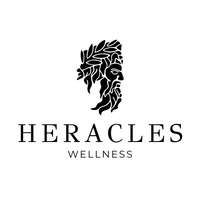

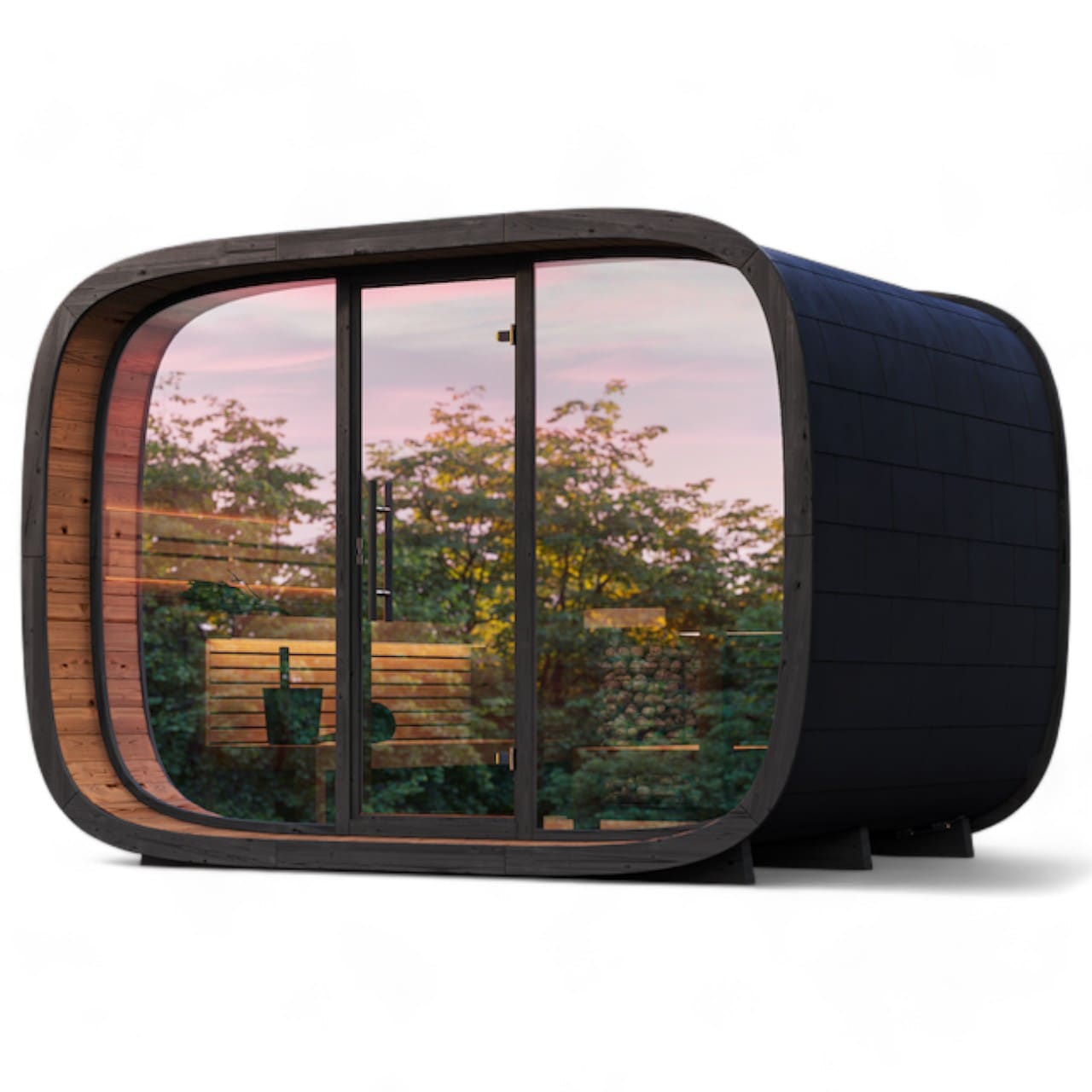



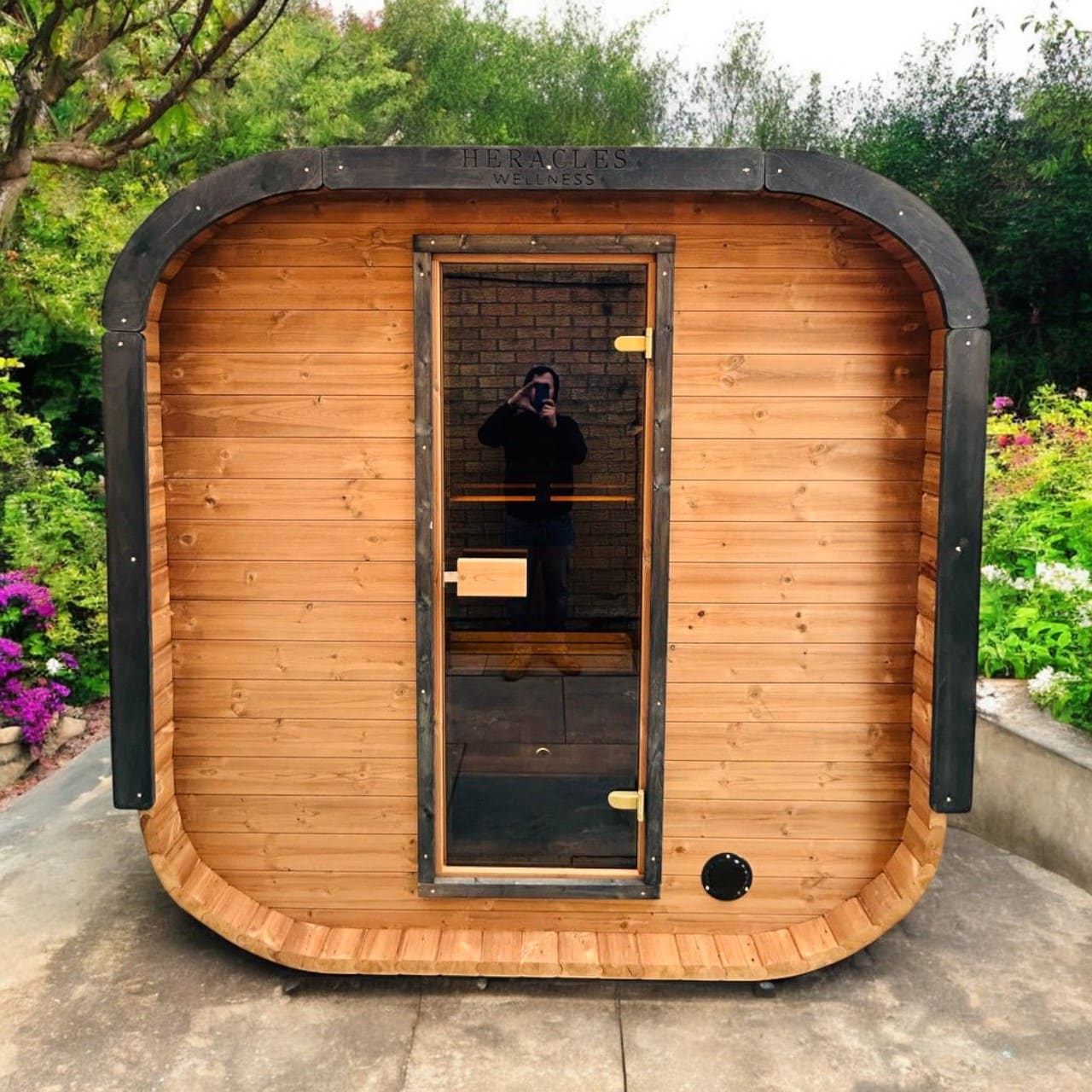
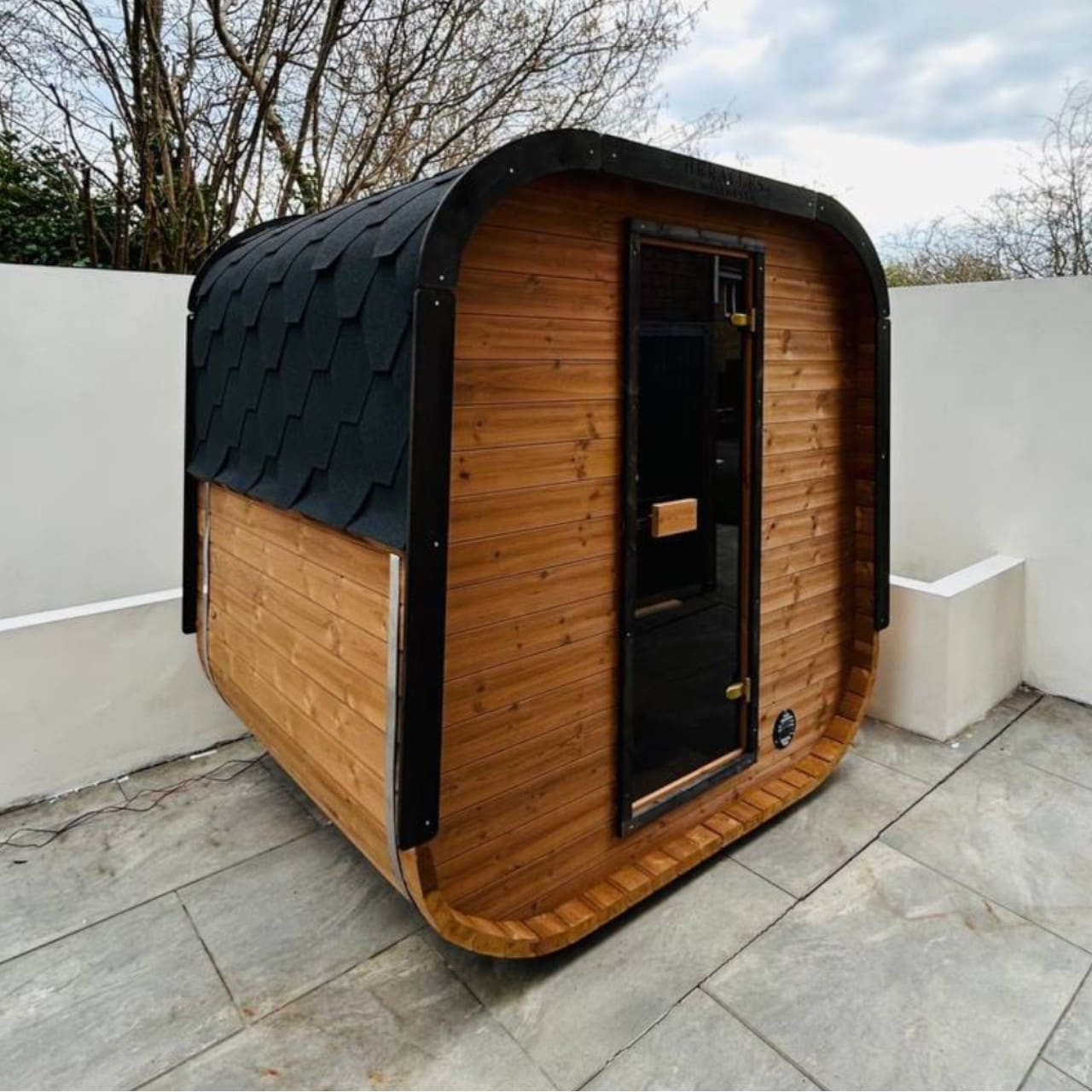
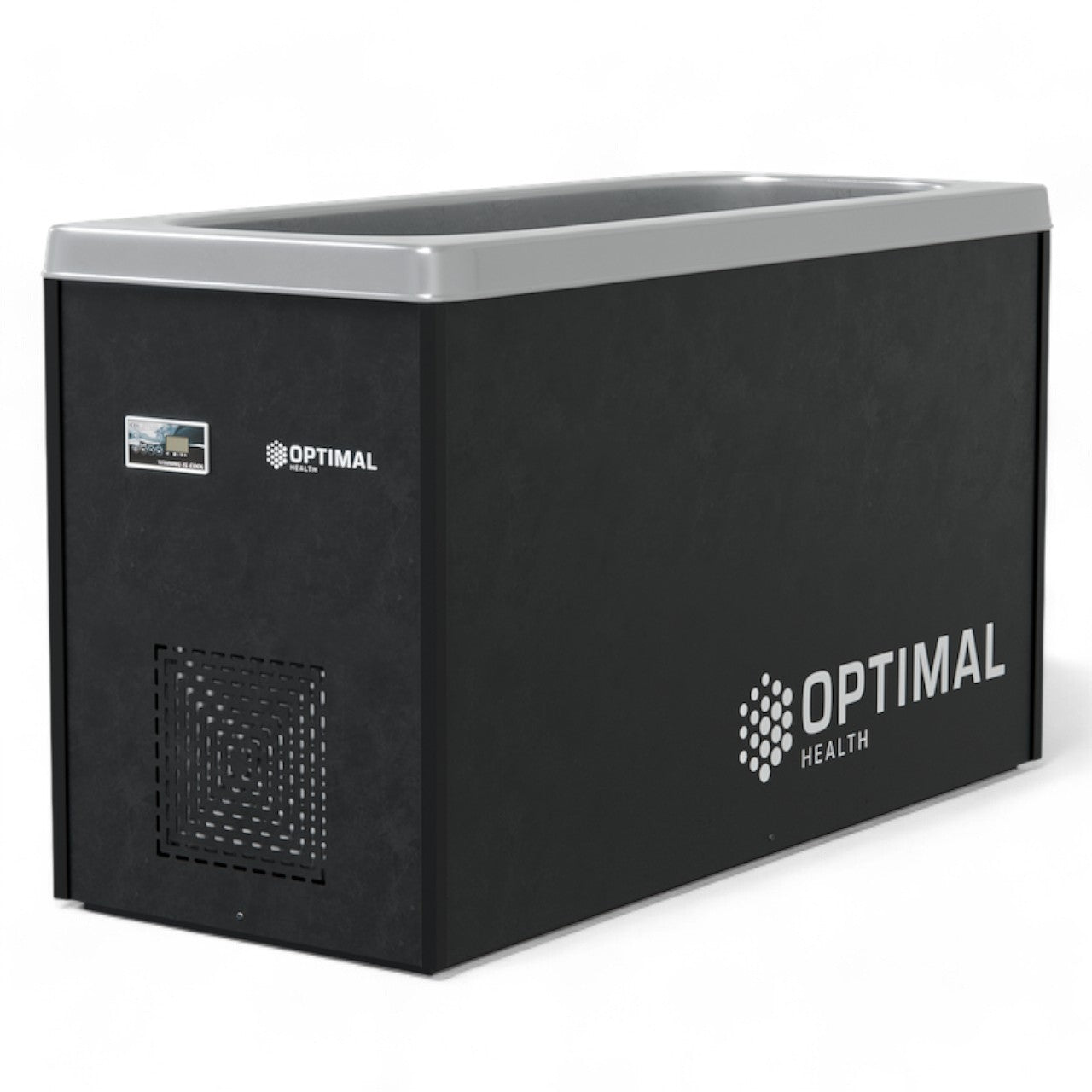
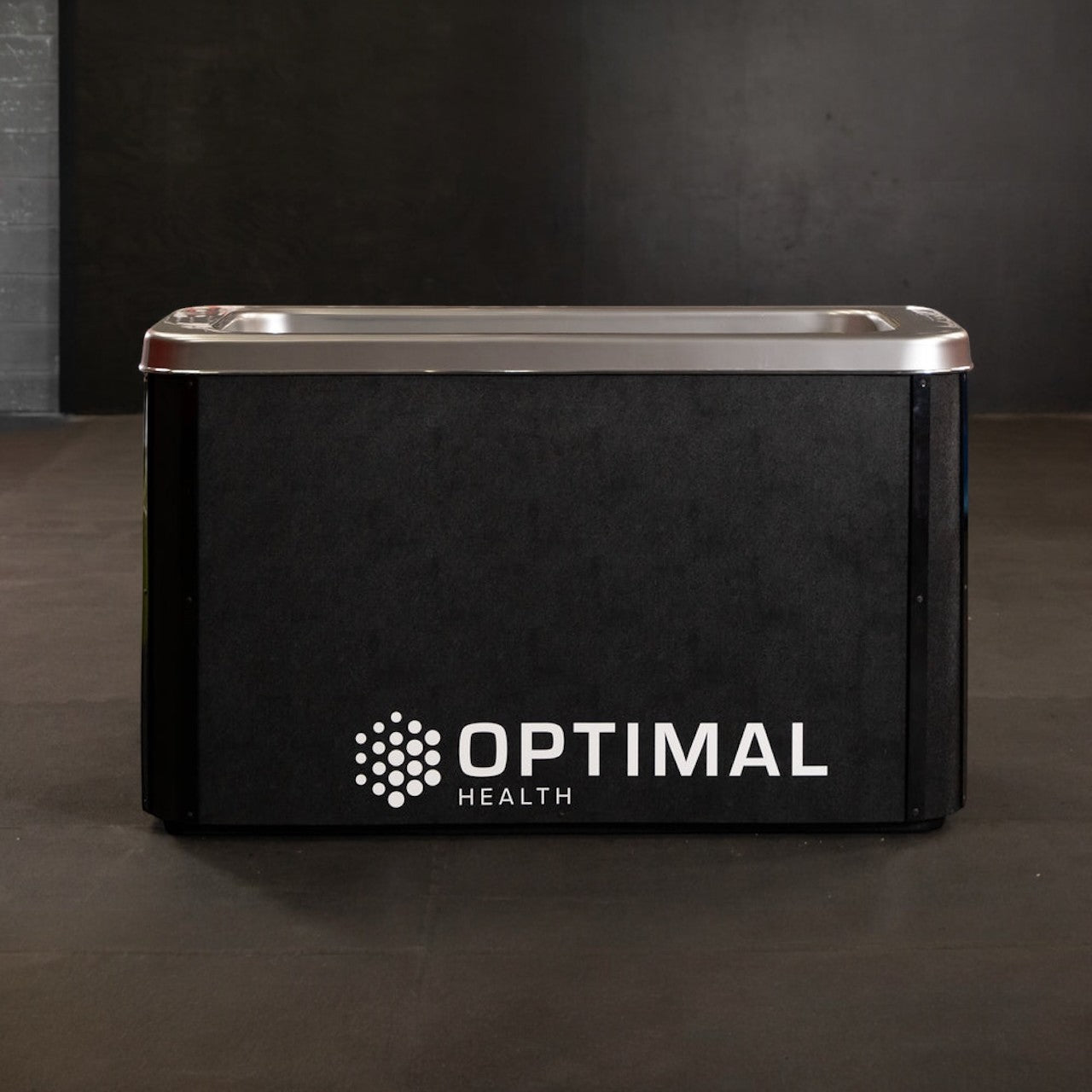


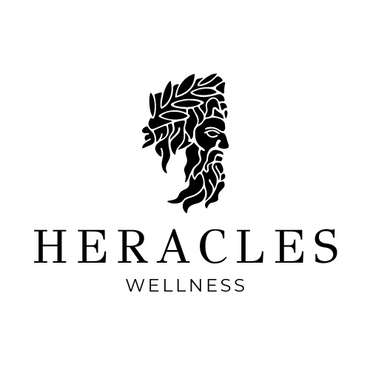


1 comment
Unlocking the key to wellness, exploring the optimal sauna temperature is a vital step in enhancing your health journey. nice article !!
Leave a comment